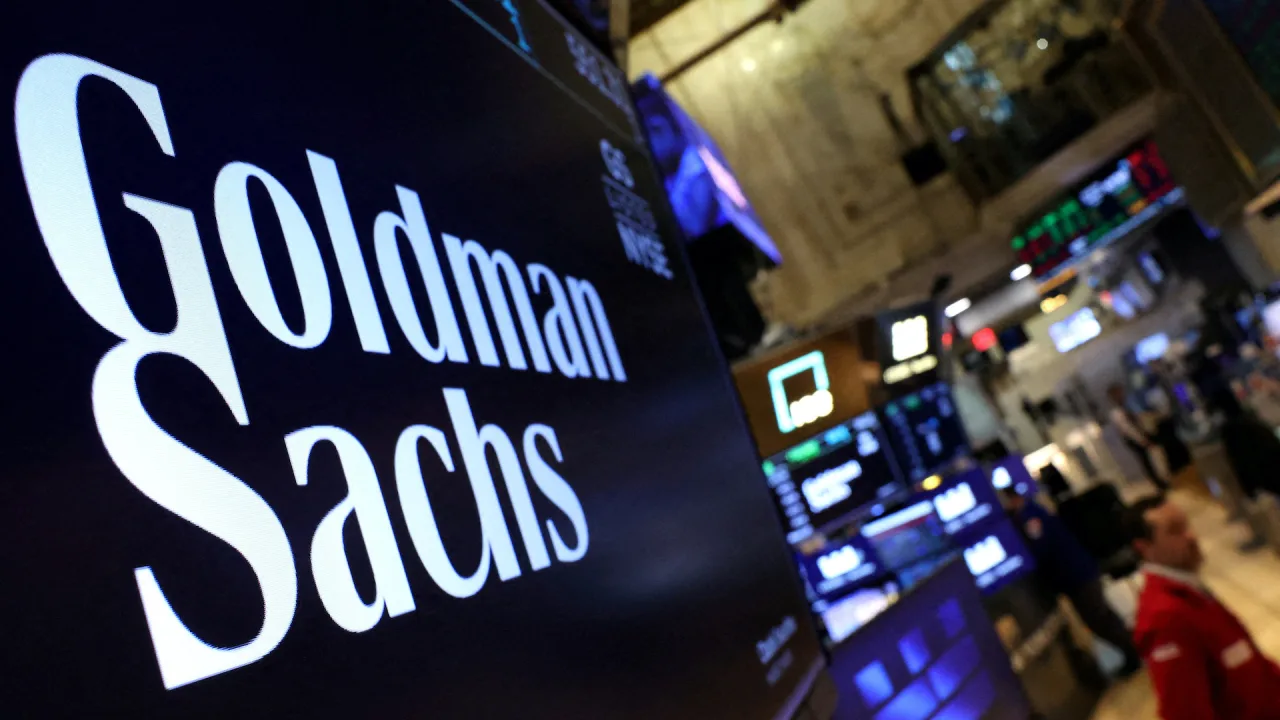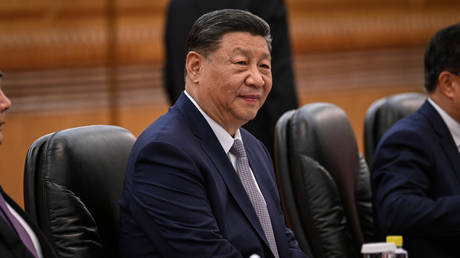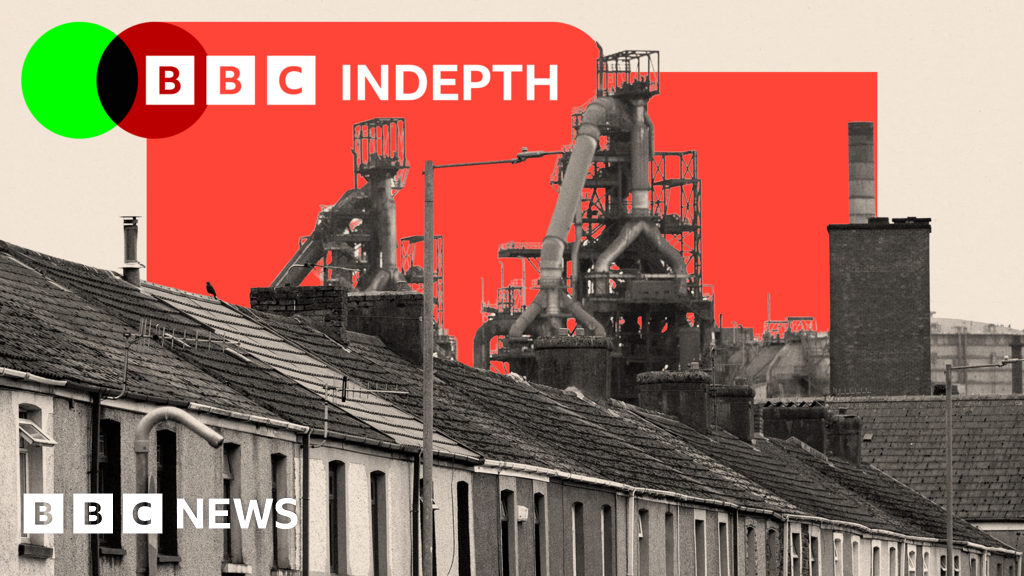Goldman Sachs’ Q2 earnings exceed estimates, fueled by trading

Goldman Sachs‘ second-quarter profit exceeded Wall Street expectations, as turbulent markets raised revenue in its equities division to a record, and a pickup in dealmaking boosted investment banking.
The results capture a growing trend of market turmoil boosting trading desks across Wall Street as investors rebalance their portfolios to manage tariff-related risks.
The investment bank’s equities revenue rose 36% to $4.3 billion, higher than the $3.6 billion analysts were expecting, according to estimates compiled by LSEG.
Fixed income, currencies, and commodities hauled in $3.47 billion, 9% higher than a year ago. Financing revenue in both equities and FICC hit records.
While shifting tariff risks kept some companies on the sidelines, pent-up demand for dealmaking triggered a flurry of acquisitions.
Still, trade policy uncertainty in recent weeks has revived concerns about how long the momentum would last.
Goldman’s peers JPMorgan Chase and Citigroup reported strong growth in investment banking fees, while Morgan Stanley and Bank of America posted declines.
“A narrowed range of outcomes on trade and the overall economy has helped CEO confidence and increased their willingness to transact,” Goldman CEO David Solomon said. “We’ve seen a pickup in momentum with both strategic and sponsor clients.”
Goldman’s investment banking fees stood at $2.19 billion, rising 26% from a year ago. Analysts were expecting a nearly 10% jump.
The bank remained the top adviser by deal value on mergers and acquisitions globally in the second quarter, according to Dealogic data.
It advised Holcim on the spinoff of its North American business Amrize, now valued at $28 billion. It also worked with Informatica, which was bought by Salesforce for about $8 billion.
“The well-above consensus rise in investment banking was (a surprise), with a lot of analysts snookered into thinking that macro uncertainty would hold back this line item more than it did,” said Stephen Biggar, director of financial services research at Argus Research.
Advisory fees were significantly higher due to strength in the Americas and Europe, the Middle East, and Africa, the bank said.
Revenue from debt underwriting fell slightly, while equities underwriting was unchanged.
“The higher investment banking backlog suggests potential for strong deal flow in coming quarters,” said Kenneth Leon, research director at CFRA Research.
Overall profit rose 22% to $3.7 billion, or $10.91 per share, for the three months ended June 30, exceeding estimates of $9.53.
Shares fell 0.6%, but have climbed 23% this year, making them the fifth-best performer in the S&P 500 financial index.
Bar for acquisition is high
Revenue from Goldman’s asset and wealth management arm, which caters to institutions and high-net-worth individuals, dipped 3% to $3.78 billion due to weakness in equity and debt investments.
The business is important for Goldman as it can offer steadier revenue than trading and investment banking.
Solomon said the bar for any acquisition is high, while stressing the importance of scale in the asset and wealth business.
“There’s got to be a strategic fit in terms of things that we’re prioritizing in the growth of our asset and wealth management franchise,” he said. “Then, of course, there’s financial analysis around that which really gets to what do you pay for? This is why the bar is high for doing these things.”
The bank set aside $384 million as provisions for credit losses, compared with $282 million last year, mainly related to its credit card portfolio.
Headcount fell to 45,900, 2% lower than the first quarter. The bank had planned to trim staffing by 3% to 5% in an annual performance review process.
The stock boost has partly been driven by shareholder confidence in recent weeks after the bank cleared the Federal Reserve’s annual stress test, paving the way for it to increase its dividend by $1 a share from the third quarter.
—Saeed Azhar and Niket Nishant, Reuters
What's Your Reaction?
 Like
0
Like
0
 Dislike
0
Dislike
0
 Love
0
Love
0
 Funny
0
Funny
0
 Angry
0
Angry
0
 Sad
0
Sad
0
 Wow
0
Wow
0























































![Walter Boys Season 2 Finale Delivers Not One, But Two Cliffhangers — Is [Spoiler] Dead?](https://tvline.com/wp-content/uploads/2025/08/my-life-of-the-wlater-boys-season-2-finale_33d3b0.jpg?#)







































